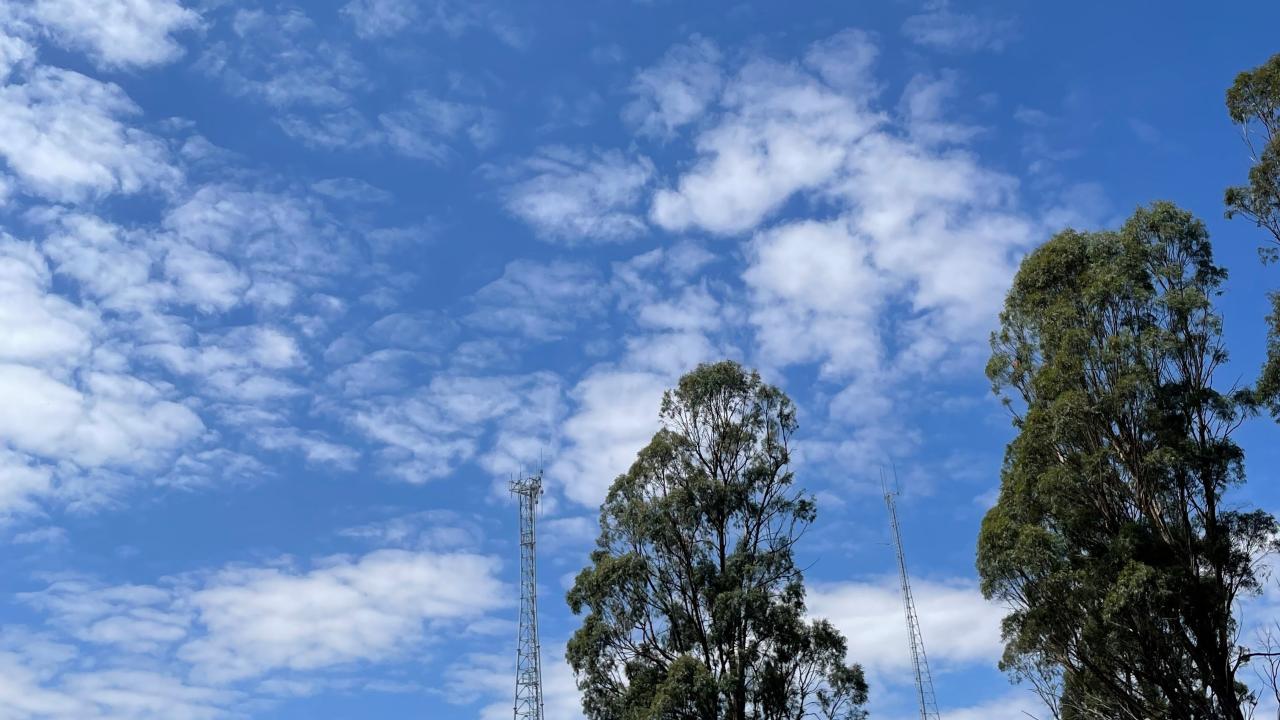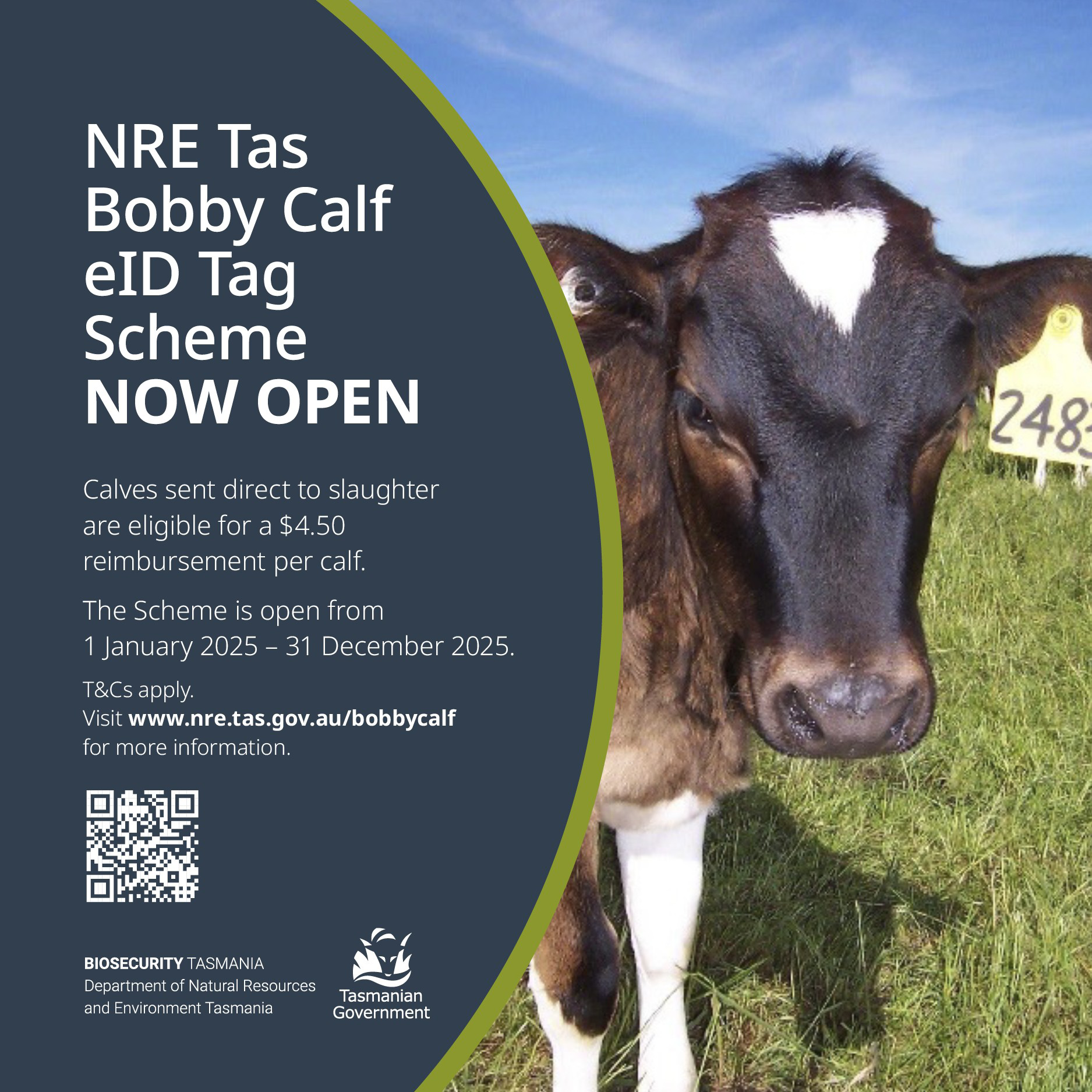4G network change hangs up on the bush

A BLUEBERRY farmer at Glengarry who lives alone has lost the ability to communicate with customers online, talk to his children on the phone and operate a personal medical alarm.
A property owner at Miena was last week unable to report a trespass and potential burglary in action because he didn’t have phone reception.
A Wilmot farmer is struggling to remotely run pumps and irrigators at the hottest time of the year.
All of these rural people have reported that they were satisfied with their connectivity before the closure of the 3G network – and as 4G users should not have been affected.
Aside from issues experienced by 3G users who did not get the message or take action to upgrade technology in readiness for the transition, many 4G users are reporting diminished 4G coverage since 3G closed and they want to know why.
The complaints come from customers of both Telstra and Optus.
TasFarmers has had so many com plaints from the rural sector that it has launched a survey to try to work out what the issues are and what areas are affected and pass the information onto the service providers.
The survey is available here
TasFarmers CEO Ian Sauer said while there were bound to be individual issues that need addressing, it was not acceptable that so many farmers feel like they’re going backwards.
“It’s bad enough that there are known black spots and that some areas are in desperate need of a telecommunication upgrade, but to have experienced a working phone and internet service and it’s now a lesser service – is not fair and not acceptable,” he said.
“Connectivity is an essential part of doing business in the country just like it is in the city – if a farmer can’t operate their centre pivot, control the temperature or water supply in chicken sheds, it can be disastrous.
Most survey respondents so far have come from Pipers River, Weymouth, Georgetown, Scottsdale and the Coal River Valley, although they are dotted all around the state.
Residents of Westbury, Bridgenorth, Ross and Hagley have also been vocal on social media about poor phone and internet service.
Telstra Regional General Manager Michael Patterson said Telstra had recently upgraded several mobile sites across the northern region including Westbury, Mt Blackwood, Oakmount, Kelsey Tier and Gardeners Ridge.
“We also continually investigate new opportunities to further expand our mobile coverage and are investigating plans to build a new mobile site at Bridgenorth, pending the necessary approvals,” he said.
"A number of environmental factors can still affect mobile coverage at the device location, such as the type of device being used, the distance from a tower, terrain (hills and valleys), vegetation or buildings.
“Since closing 3G, we’ve helped many customers one-on-one to resolve their network issues, but we want to make this support easier to reach.
“We’ve launched a new 3G helpline for customers to get more support so they can make the most of the network. Customers can call 1800 990 853, 8am to 7pm Monday to Friday.”
Mr Patterson said that he was aware that some customers had previously accessed the 3G network from outside its advertised coverage footprint.
“This coverage wasn’t included in our maps because it’s vulnerable to various factors that affect wireless signals, and we can’t guarantee the reliability of the service.
“However, using a Blue Tick device and a Telstra Go Repeater can be helpful and if used for 3G needs to be used for 4G for equivalent coverage. We’d love to help customers understand if these may be the right options for them,” he said.
An Optus spokesperson reiterated that the 3G switch off does not remove coverage for its customers, with the 4G network being larger than its 3G network.
“The 3G switch-off has allowed Optus to repurpose spectrum so that we can provide better quality 4G services and offer broad-based 5G coverage in regional areas that will deliver customers a better experience,” the spokesperson said.




Add new comment